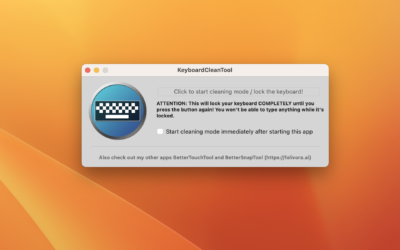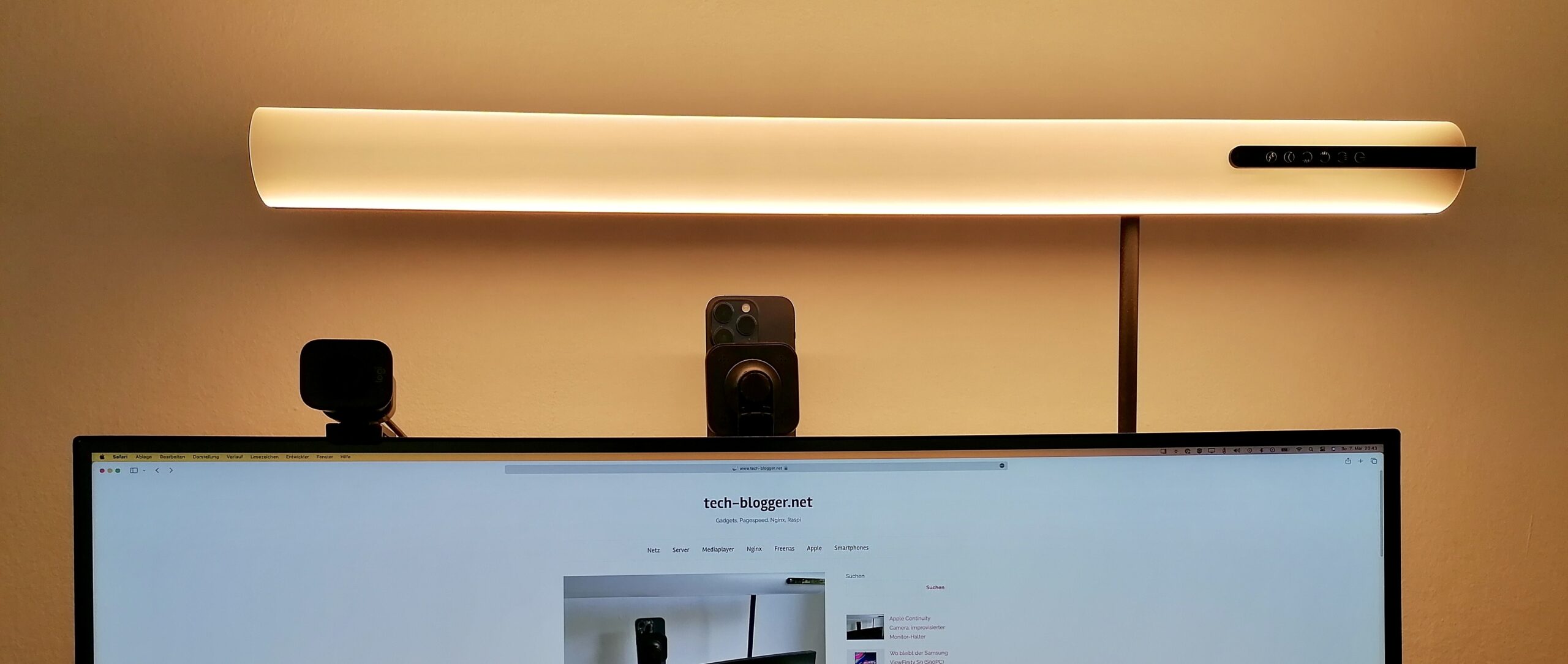One of the less media-reported features of iOS 9 is the ability to install ad blockers. Apple has now allowed these extensions in the App Store.
From the user's point of view a Advertising blocker A blessing especially on mobile devices: if you use an iPad, for example, pages can be shown in the normal desktop view - with the corresponding advertising that is gnawing at the data volume on the way. For the site operators Adblocker is a horror: most revenues are still generated by banner advertising and not by paywalls. For users it is therefore a double-edged sword: do they want to enjoy surfing largely free of advertising with the risk that more and more high-quality content is protected by a paywall, or do they want to spend the - in some cases very limited - data volume on advertising.
Easy installation of the adblockers under iOS 9
Apart from the moral issues, it is very simple, Adblocker in iOS 9 to be installed. Apps like 1Blocker are installed, then the desired app must be activated under "Preferences" -> "Safari" -> "Content Blocker". The settings for which filters are used are made in the app itself - this process is known from keyboards, which since iOS 8 can also come from third party vendors.
For my little test I have both the mentioned "1Blocker" as well as "Purify" tried out - the latter is being tested by the makers of ublock developed, a slim and fast Advertising blockerwho understands the common filter lists.
1Blocker & Purify in comparison

Both blockers currently lack the ability to conveniently add their own filter lists - e.g. to use special lists for the German language area, as in the browser plugin. I assume that the developers first of all wanted to create a cleaner integration of the plugin into the mobile Safari browser - further features will hopefully be added with upcoming updates.
Adblocker & iOS 9: preliminary conclusion

The makers of Adblock Plus have also come up with a solution to Adblocking in iOS published: however, this is a full browser and not an extension for the native browser Safari. As long as the Standard Browser in iOS cannot be changed easily, a solution for the system browser is preferable from my point of view.
For most users it seems to be clear where they morally classify the use of adblockers with iOS: according to Meedia, the corresponding apps are storming the sales charts in the app stores of several countries. iPhone and iPad owners are even prepared to pay up to three euros for advertising-free and tracking-free surfing on the go.


